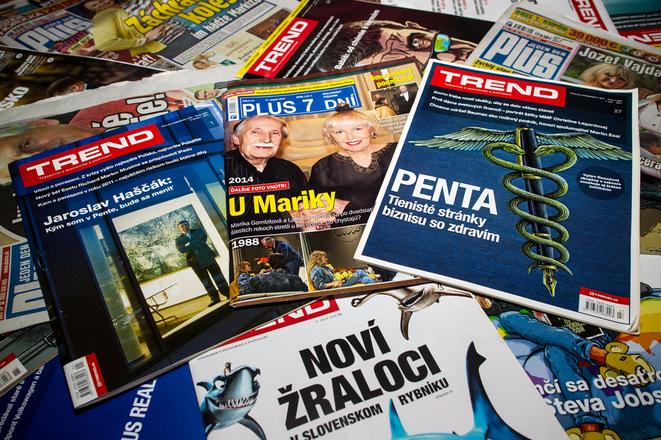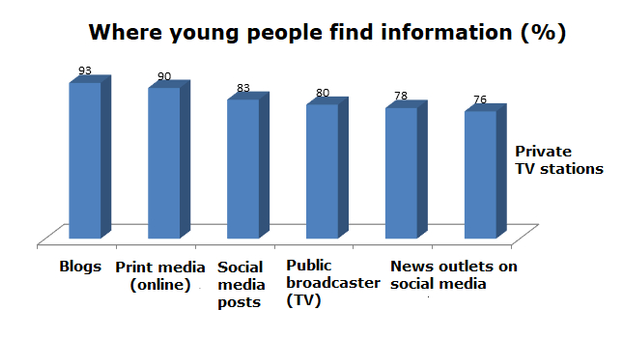Young Slovaks aged 15 to 24, most of whom will be voting in the presidential and European Parliament elections this year, primarily seek information by reading blogs and following social media.
Moreover, 38 percent of them trust alternative media, according to the survey carried out by the Focus agency for the Youth Council of Slovakia (RMS) in October 2018.
"A functioning democracy needs youth aware of the public space, who can meaningfully discuss and seek solutions together," said Michal Považan of RMS.
However, 68 percent of Slovak youth verify information during talks with friends, 61 percent with parents. In addition, nearly one-fifth of respondents do not check other sources to see if the information is correct.
Traditional media on the decline
Secondary school and university students get information from blogs (93 percent), online versions of dailies (90 percent), and posts on social media (83 percent).
"Young people turn the least to news broadcast by a public TV broadcaster as well as private TV stations," said Považan.
The growth in popularity of alternative media, which spread unverified and misleading information, is alarming, said RMS researcher Katarína Čavojská.
The survey showed how important it is to tell young people to check information from other sources, she added.
Friends as a source of confirmation
Only 16 percent of youth always verify news stories on other media outlets. The same number do not check whether the information is true at all after reading it.

"Online news websites are used the most by young people if they want to check information which they find, for instance, on alternative websites or blogs," Čavojská claimed.
However, parents and friends remain the most reliable source of confirmation for the Slovak youth.
Media education
Only 47 percent of the surveyed students claimed that they check whether a news story is true during discussion with teachers.
Schools should pay more attention to media education, according to Čavojská.
"It is about the ability to understand and decode media contents, which come to us via information channels, that is by the press, TV, radio and the internet," she concluded.


 (source: SME)
(source: SME)
 (source: Youth Council of Slovakia)
(source: Youth Council of Slovakia)